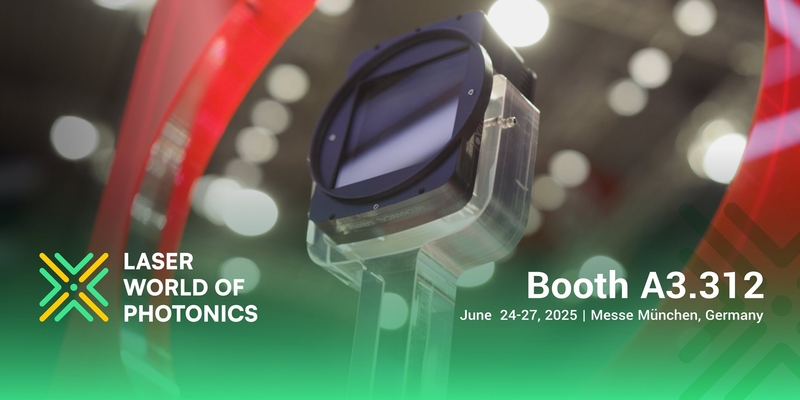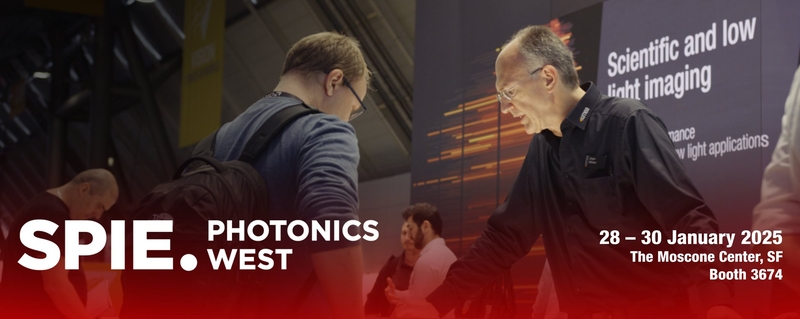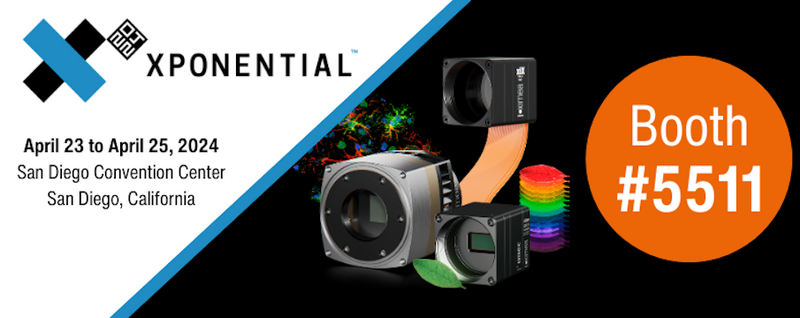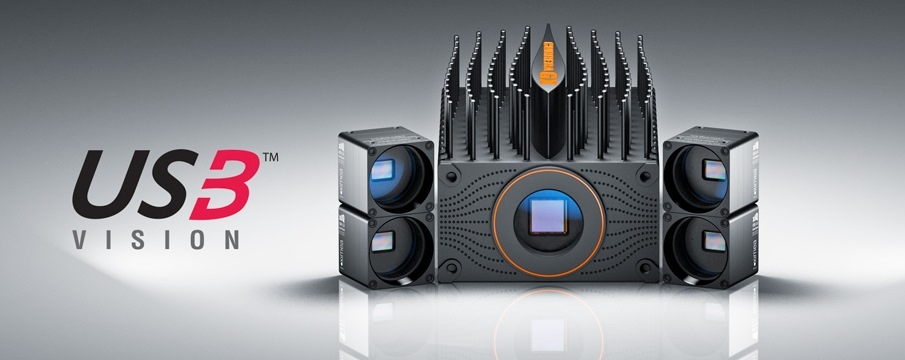
- Home
- News
- Press release
- Product news
- GPU based PC camera CURRERA-G
DISCONTINUED - replaced with EMBEDDED VISION cameras
XIMEA’S CURRERA-G Smart Camera combines the power of CPU and GPU through AMD Fusion chip, delivering 90Gflops of processing power in a smart camera embedded vision system design that offers the industry’s highest processor performance, broadest imaging and OS software compatibility, and best online support in the industrial imaging market – all in a rugged industrial housing.
MUNSTER, GERMANY, August 16, 2011 – The CURRERA-G Smart Camera from XIMEA GmbH, manufacturer of industrial, smart camera, and scientific imaging equipment, sets a new standard for machine vision smart camera processing power.
The CURRERA-G Smart Camera houses a single-board-computer built around AMD’s new Fusion accelerated processing unit (APU), which combines the power of both CPU and GPU cores on a single die. “AMD’s Fusion processor means the CURRERA-G can deliver 90Gflops of processing power to tackle the toughest machine vision system applications,” says Vasant Desai, XIMEA Co-Founder and Managing Director. “Combining GPU cores on the same die as the CPU enables the heterogeneous system to offload computation intensive pixel data processing from the CPU to the GPU. Released form this task, the CPU can serve I/O requests with much lower latency and thus improve real-time performance of the whole system.”
The CURRERA-G follows XIMEA’s CURRERA-R smart camera, which is based on Intel’s Atom microprocessor, delivering 2Gflops of processing power. Both cameras come loaded with ether embedded Windows or Linux and the customer’s preferred image processing library in an industrial housing.
Power, Compatibility, Support
In addition to offering more power than other smart cameras on the market, XIMEA’s industrial and smart cameras ship with fully tested Windows- and Linux-based application programming interfaces (APIs) for 30 of the most common image-processing libraries. The list of XIMEA’s APIs include Cognex VisionPro, MathWorks MATLAB, Matrox MIL, MVTec Halcon, National Instruments’ LabVIEW, NeuroCheck, OpenCV, Intel IPP, open source libdmtx, open source AForge.NET, open source Integrating Vision Toolkit, Keyetech, RoboRealm, STEMMER IMAGING Common Vision Blox, Tordivel Scorpion, and Voyant Vision, among others.
“XIMEA’s commitment to hardware-software compatibility and a new class of plug-and-play machine vision cameras means integrators don’t have to stock or support different camera lines to meet customer requests,” explains XIMEA’s CEO and Co-founder Klimkovic. “If a smart camera programmed with one of the 30 image-processing software programs that XIMEA supports goes dark, designers can load the program on a CURRERA smart camera, drop it into the application, and be assured that it will work right out of the box. This type of compatibility means that integrators don’t have to stock smart cameras from multiple vendors to make sure their hardware works with a customer’s requested image-processing library, spend time tweaking code for reuse, or develop custom APIs themselves. And if an OEM does need additional support, all of XIMEA’s industrial imaging products are fully supported by XIMEA’s engineering staff and online support interface.”
XIMEA CURRERA-G smart cameras offer resolutions from WVGA to 5 megapixel (MP), AMD Fusion processors with CPU and GPU cores, and a pair of MicroSd card slots. All CURRERA smart cameras are Linux and Windows compatible, including Microsoft’s latest Windows Embedded Standard 7, and come with a variety of I/O, including Gigabit Ethernet (GigE), USB interfaces, VGA, RS232, and eight isolated Digital Inputs and Outputs, programmable current-controlled output for LED lighting, and graphically configurable real-time PLC.
For more information or to purchase CURRERA-G smart cameras, visit XIMEA’s website or email sales@ximea.com.
Related articles
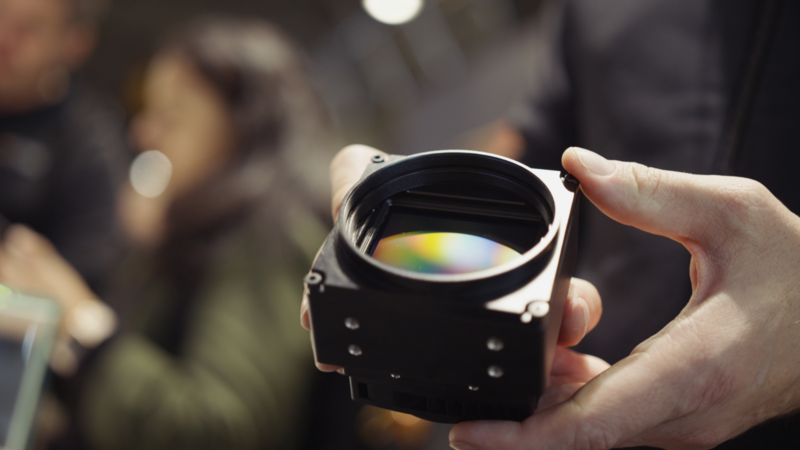
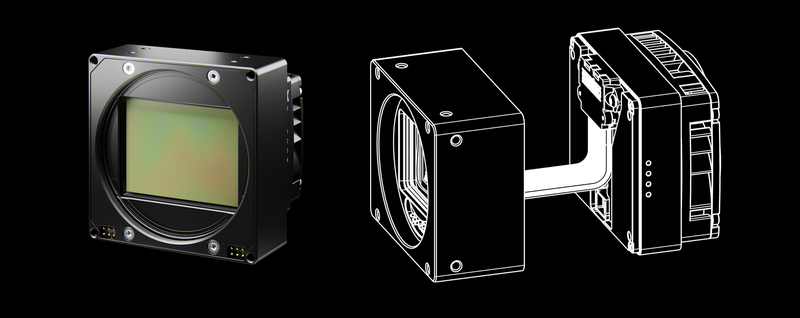
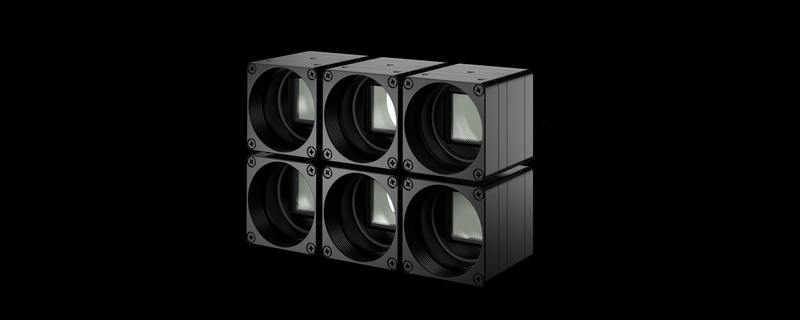
Latest articles

Join us at booth #3138!
